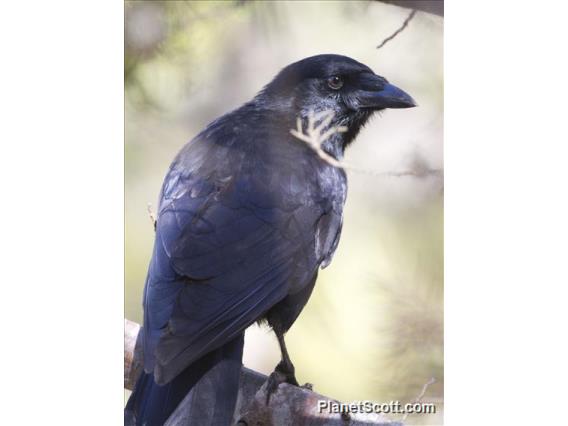Hispaniolan Palm-Crow (Corvus palmarum)

Hispaniolan Palm-Crow (Corvus palmarum)
×


Hispaniolan Palm-Crow (Corvus palmarum)
About Hispaniolan Palm-Crow (Corvus palmarum)
- Kingdom: Animals
- Phylum: Chordates
- Class: Birds
- Order: Perching Birds
- Family: Jays and Crows
The Hispaniolan palm crow is a relatively small corvid endemic to the Caribbean island of Hispaniola where it was formerly common but is now reduced in population.
Source: Wikipedia
Lifelists
Trips
Visits
-
2014-01-20
Zapoten, Dominican Republic -
2014-01-22
El Aceitillar, Dominican Republic


